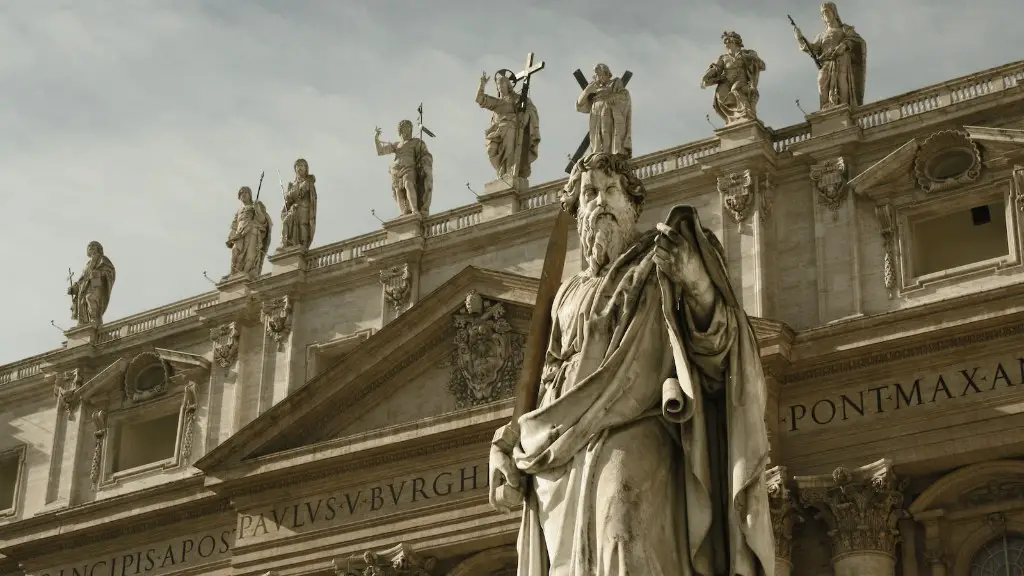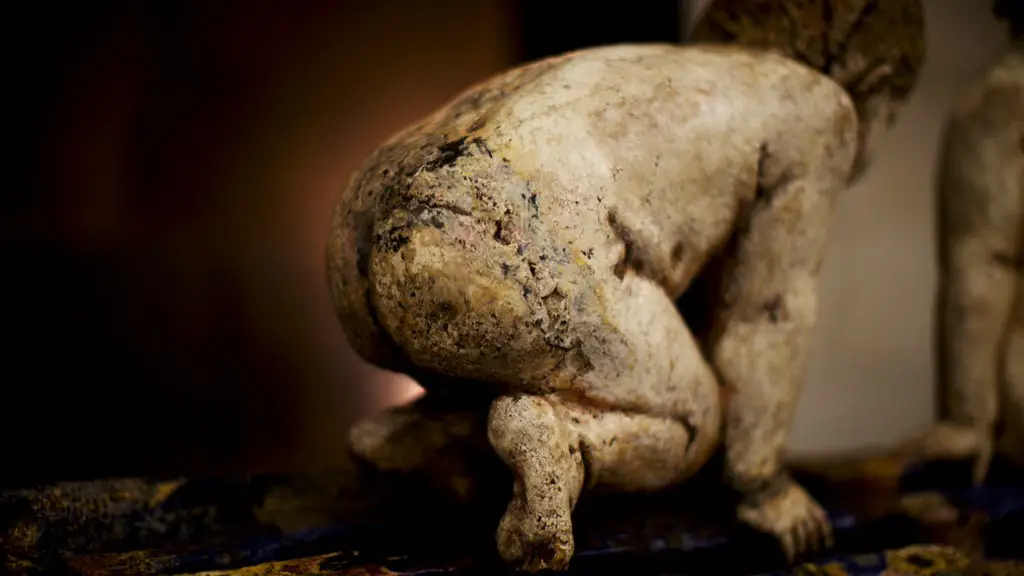Introduction
The history of ancient Rome is full of intriguing characters, surprising events, and momentous changes that have shaped our world as we know it today. One of the most important and widely studied topics within Roman history is who ruled the ancient empire the longest. This article aims to explore the various rulers and dynasties that have ruled Rome throughout its long history. By providing detailed background information and perspectives from various experts, this article hopes to educate and engage the reader in understanding who reigned over Rome the longest.
Rome’s Republic Era
The Republic Era was the beginning of Rome’s transition from a loose collection of independent city-states to an expansive and powerful empire. During this era, there was no single ruler, but rather a combination of two ruling consuls that were chosen by the Roman Senate. Power rotated between these two men, with each consul having equal power. The most famous of the Republic’s occasional de jure monarchs was Julius Caesar. Although he was never officially crowned king of Rome, he did have supreme power over the city. His reign lasted less than five years before he was assassinated by political rivals in 44 BC.
Augustus Caesar’s Dynasty
Following Julius Caesar’s death, a power struggle ensued for control of the Roman Republic. Eventually, Caesar’s nephew, Octavian, was able to gain control of Rome and declared himself ruler. He then took the name Augustus Caesar and became the first emperor of Rome, thus establishing the Pax Romana. Augustus held supreme power over Rome for a total of 41 years, from 30 BC to 14 AD. His reign is often considered one of the longest and most successful in Roman history.
The Military Dynasties
The military dynasties that followed Augustus’s rule were the Flavian, Nerva-Antonine, and Severan dynasties. The Flavian Dynasty began with the reign of Vespasian and lasted approximately 25 years, from 69 to 96 AD. This dynasty was characterized by its military campaigns and vast expansion of Rome’s territory. The Nerva-Antonine became the next dynasty to take control of Rome in 96 AD and it lasted over a century, from 96 to 192 AD. This dynasty saw the greatest expansion of Roman rule, with the acquisition of Britain and the Germanic provinces. Finally, the Severan Dynasty saw a decline in Roman strength, lasting from 193 to 235 AD.
Tiberius and Hadrian
Two of the most renowned Roman rulers, both for good and for bad, are Tiberius and Hadrian. Tiberius was notorious for his authoritarianism, but he also extended Rome’s reach and increased its power significantly. He reigned from 14 to 37 AD, giving him a total of 23 years as emperor. Hadrian, however, is often seen as the height of Roman civilization. His reign saw monumental building projects, superb organization of the empire, and a peaceful period of stability and prosperity. Hadrian reigned from 117 to 138 AD, giving him a total of 21 years as emperor.
The Byzantines
The Byzantine Empire is often overlooked in the discussion of ancient Rome, but it is also important to consider as it existed in the east of the Roman Empire during late antiquity and the Middle Ages. The reign of the Byzantine Emperor Justinian began in 527 AD and lasted until 565 AD, a total of 38 years. He is often seen as one of the most influential Byzantine rulers, due to the lasting legacy of his great building projects and his administrative and military reforms.
Conclusion
Understanding who ruled ancient Rome the longest is a complex task, as there have been a variety of different rulers throughout its history. The most significant rulers include Augustus Caesar, Justinian, Hadrian, and Tiberius, each of whom left his own unique mark on the Roman Empire. By exploring this topic in detail, we can gain a deeper understanding of one of the most influential empires of the ancient world.

